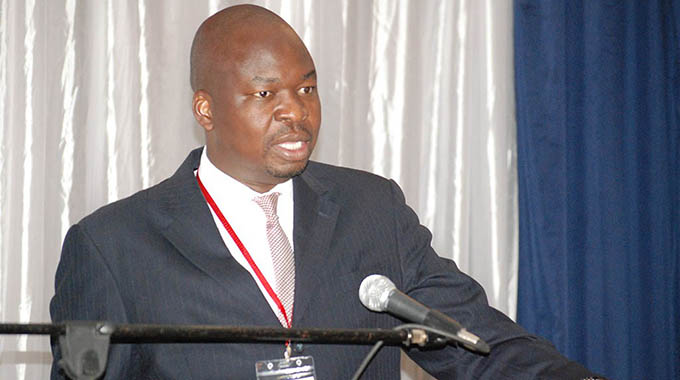Innovation in education bearing fruit

Rumbidzayi Zinyuke
Senior Reporter
Zimbabwe has begun to reap the benefits from priority innovation implemented through the heritage-based Education 5.0 model, saving the country millions of dollars in imports and earning new wealth through boosting exports.
Among the projects that have made a significant impact is the industrial parks programme, which saw semi-automated manufacturing plants for the local production of industrial and household personal care products, personal protective equipment and allied health products being established at State universities thereby saving the nation US$12 million in imports.
Speaking after yesterday’s Cabinet meeting, Information, Publicity and Broadcasting Services Minister Monica Mutsvangwa said progress had been registered by the Ministry of Higher and Tertiary Education, Innovation, Science and Technology Development on the implementation of most of the programmes and projects under the new Education 5.0 model.
“The activities are guided by priority programmes on innovation, science and technology development; and human capital development that produces goods and services. The ministry’s strategic thrust is the attainment of an upper middle-income economy by 2030 through the “Chimurenga Chepfungwa” and “Nyika inovakwa nevana vayo” initiatives,” she said.
The Ministry of Higher and Tertiary Education, Innovation, Science and Technology Development transformed the inherited education system, now called Education 3.0, to a heritage-based system, Education 5.0.
The “five” in the title of the new model comes from its 5 components: teaching, research, community service, innovation and industrialisation. These are meant to move the nation towards a innovation-led and knowledge-based economy.
In Manicaland, medical and industrial oxygen, acetylene gas and liquid nitrogen are being successfully produced by Verify Engineering Medical and Industrial Gases at Feruka. The company is already exporting oxygen to Mozambique.
Verify Engineering is a wholly-Government owned private limited company operating under the technical direction of Harare Institute of Technology. It is a company that aims at contributing to the broader national industrialisation agenda through commercialisation of a swathe of technologies and is answering to the call of research, innovation and industrialisation.
Minister Mutsvangwa said the indigenous fruits beneficiation programme was also contributing significantly to the country’s manufacturing sector.
“A mapfura/amarula beneficiation plant was established at Rutenga in Mwenezi. A cough mixture, COFSOL was also launched in partnership with the National Biotechnology Authority and is readily available in pharmacies,” she said.
Other projects that have since been implemented include the geospatial, aeronautical, and space science capability programme which has seen the Zimbabwe National Geospatial and Space Agency sending into orbit Zimbabwe’s first satellite, ZIMSAT 1. Work on ZIMSAT 2 is already underway.
Minister Mutsvangwa said the agency had produced a revised map of agro-ecological zones, a national wetlands map as well as high resolution survey maps for improved urban land-use planning and control of settlements in Harare, Karoi and Masvingo.
A number plate manufacturing plant, TransTech Solutions, was established at the University of Zimbabwe thereby internalising the production of number plates.
“Finealt Engineering has successfully refurbished the bio-diesel processing plant in Mutoko. The upgraded plant has the capacity to produce 75 000 litres of bio-diesel per day from the current 30 000 litres. There is also a programme to commence the local production of cooking oil using sunflower and a national sunflower outgrower scheme has been started,” said Minister Mutsvangwa.
Clothing and textiles factories were set up at Midlands State University, University of Zimbabwe and Great Zimbabwe University, and these are producing personal protective clothing, corporate wear and other types of clothing for schools and institutions.
Innovation hub infrastructure has been successfully constructed at five State universities while agro-industrialisation and innovation parks had been established at seven State universities across the country.
Under the innovation hub programme, a modern bus terminus was constructed at the UZ, testing systems that can be unrolled at urban terminuses, the construction of the Simon Mazorodze Medical School was completed as well the construction and equipping of the Midlands State University National Pathology Research and Diagnostics Centre.











Comments